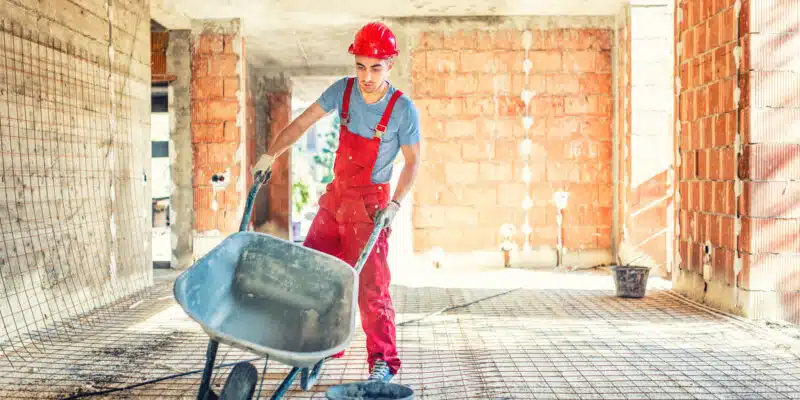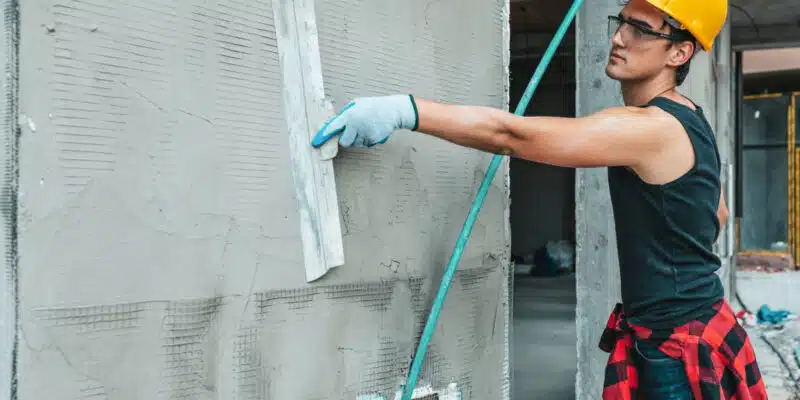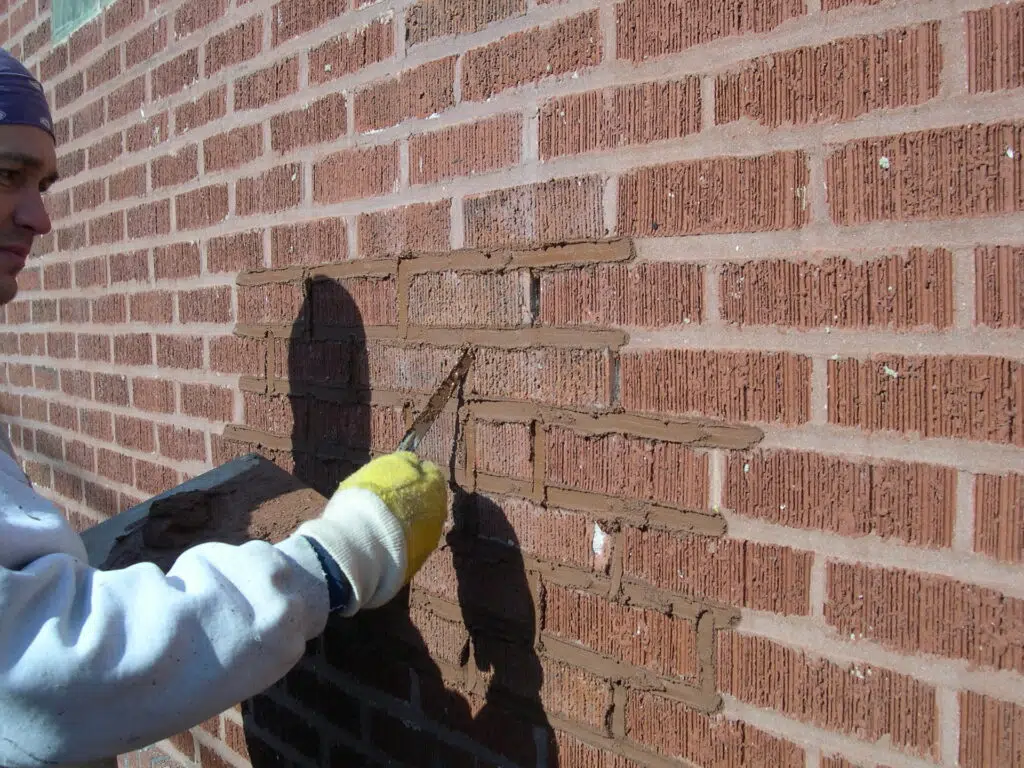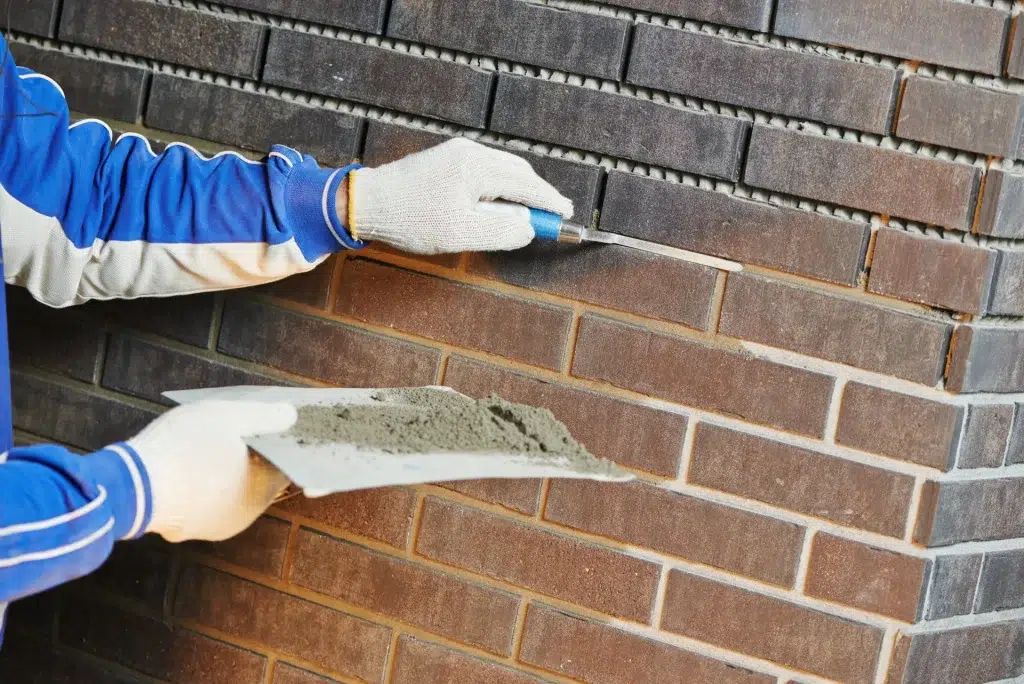What Is Brick Restoration And What Are Its Benefits
Brick restoration is the process of repairing and restoring brickwork that has been damaged or degraded over time. It’s restoration can involve anything from cleaning and repointing brickwork to completely rebuilding a brick wall or structure. Brick restoration is important not only for the aesthetic appeal of brickwork but also for the strength and stability of the overall structure.
There are many benefits to Brick Restoration which include:
– Improving the overall appearance of your home or business
– Preventing further damage to your property
– Maintaining the value of your property
– Ensuring the safety of your property
If you are considering Brick Restoration for your home or business, it is important to consult with a professional Brick Restoration company. A professional company will be able to assess the damage and advise you on the best course of action. They will also have the necessary experience and equipment to carry out the work safely and effectively.
How To Identify If Your Bricks Need Restoration
If you own a home or building with brick walls, at some point you may need to think about restoration. Brick is a durable material, but it can still be damaged by weathering, insects, and other factors. Here are some signs that your bricks may need to be restored:
Cracks: Small cracks are normal in brick walls and usually don’t require repair. However, large cracks may indicate structural problems that should be addressed by a professional.
Spalling: This is when the surface of the brick starts to flake off. It’s usually caused by moisture getting into the brick, which can happen if there are cracks or gaps in the mortar joints. Spalling can also be caused by freeze/thaw cycles in cold climates.
Efflorescence: This is when a powdery white substance appears on the surface of the brick. It’s caused by water seeping into the brick and dissolving minerals, which are then deposited on the surface as the water evaporates.
Discolouration: Brick can become discoloured over time due to weathering, staining, or simply age. If you want to restore the original colour of your bricks, you may need to have them professionally cleaned.
If you notice any of these signs, it’s a good idea to consult with a professional brick restoration company. They will be able to assess the damage and recommend the best course of action. Brick restoration can be a complex and costly process, so it’s important to make sure it’s done right.
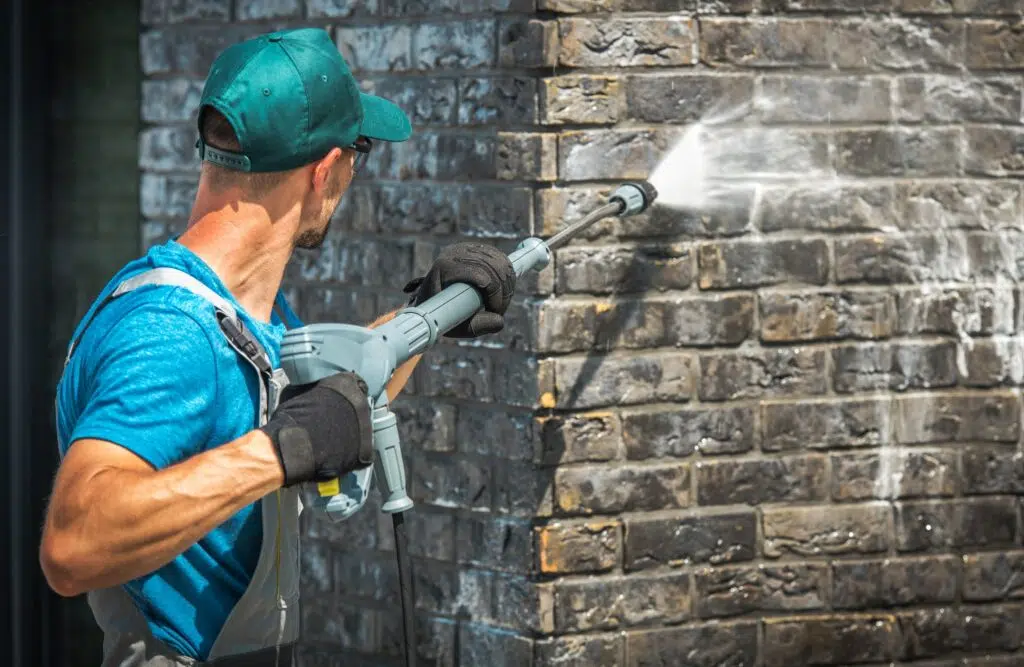
The Process Of Brick Restoration
Brick restoration is the process of repairing and/or restoring a brick structure that has been damaged or degraded over time. Brick restoration can involve anything from cleaning and repointing to complete rebuilds.
There are many reasons why someone might need to carry out brick restoration work. Brick structures are susceptible to damage from weathering, pollution, vibration, and other factors. Over time, this damage can take its toll, causing bricks to crack, crumble, or fall off completely.
In some cases, brick restoration is simply a matter of aesthetics – the owner may simply want to improve the look of their property. In other cases, it may be necessary to preserve the integrity of the structure and prevent further damage from occurring.
Brick restoration is a complex process that should only be carried out by experienced professionals. The first step is to carry out a thorough assessment of the damage, taking into account the type of bricks used, the age of the structure, and the cause of the damage. This will help to determine the extent of the work required and the best way to approach it.
Once the assessment is complete, the brick restoration process can begin. This will typically involve cleaning the bricks and repairing any damaged ones. In some cases, it may also be necessary to rebuild sections of the structure using new bricks.
Brick restoration is a time-consuming and expensive process, but it is often essential in order to preserve historic buildings and prevent further damage from occurring. If you think your property might need some brick restoration work, it is important to get in touch with a professional contractor who can carry out a full assessment and provide you with a quote.
How Much Does Brick Restoration Cost
Brick restoration typically costs between $500 and $5,000. The price will depend on the size and scope of the project. For example, a small repair job may only cost a few hundred dollars, while a more extensive project could cost several thousand dollars.
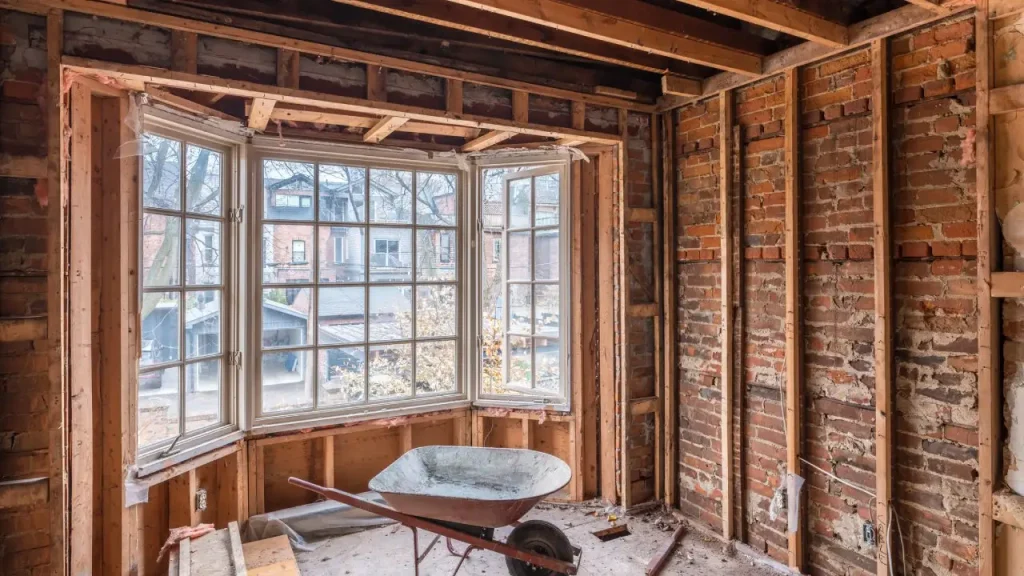
Brick restoration is the process of repairing and restoring brickwork. This can include anything from cleaning and sealing bricks to repairing cracks or damage. Brick restoration is often necessary when bricks are damaged by weathering, staining, or other factors.
Brick restoration is a complex process that should be performed by a qualified professional. The exact cost will vary depending on the extent of the damage and the size of the project. If you are considering having your brickwork restored, be sure to get multiple quotes from qualified contractors before making a decision.
Who Should I Hire For Brick Restoration Services
Brick restoration is the process of repairing and/or restoring a brick structure. This can include repairs to cracks, chipping, spalling, and efflorescence. Brick restoration can also involve repointing mortar joints, cleaning bricks, and resetting loose bricks.
There are many companies that offer brick restoration services. However, not all of these companies are created equal. It is important to do your research to find a company that has the experience and a good reputation. You should also make sure that the company you hire is properly licensed and insured.
If you are in need of brick restoration services, then please contact us today. We would be happy to provide you with a free quote.
Frequently Asked Questions
- What is brick restoration, and why is it important?
- Brick restoration is the process of repairing, cleaning, and restoring brickwork that has suffered damage or degradation over time. It’s crucial because it helps maintain the structural integrity of buildings, prevents further damage, and enhances the aesthetic appeal of homes or businesses. Additionally, it can boost property value and ensure safety.
- What are the signs that my bricks need restoration?
- Signs that your bricks may need restoration include large cracks, spalling (flaking or crumbling of brick surfaces), efflorescence (white powdery deposits on the brick), and discoloration. If you notice any of these signs, it’s best to consult a professional brick restoration company to assess the damage and recommend the appropriate repairs.
- How does the brick restoration process work?
- The brick restoration process begins with a thorough assessment of the damage. Afterward, the work may involve cleaning, repointing (replacing mortar joints), repairing or replacing damaged bricks, and, in some cases, rebuilding sections of a structure. The process requires expertise and should be performed by experienced professionals to ensure the best results and safety.
- How much does brick restoration cost?
- The cost of brick restoration varies depending on the size and scope of the project. Generally, it ranges from $500 to $5,000. Smaller repairs might cost a few hundred dollars, while more extensive restoration projects could run into several thousand dollars. Factors such as the type of damage, labor costs, and materials used also play a role in determining the final cost.
- Can I perform brick restoration myself, or do I need a professional?
- While small maintenance tasks like cleaning can be done by homeowners, brick restoration is a complex process that requires specialized knowledge and equipment. Attempting to repair structural issues or significant damage without professional help can lead to further problems and safety risks. It’s recommended to hire a licensed and insured brick restoration company for best results.
- How do I choose the right brick restoration company?
- To choose a reliable brick restoration company, start by researching and reading reviews to gauge their reputation. Make sure the company is licensed, insured, and experienced in brick restoration. Ask for references, check their portfolio, and get multiple quotes to compare pricing and services. Choosing a reputable company ensures quality work and reduces the risk of unexpected issues.

